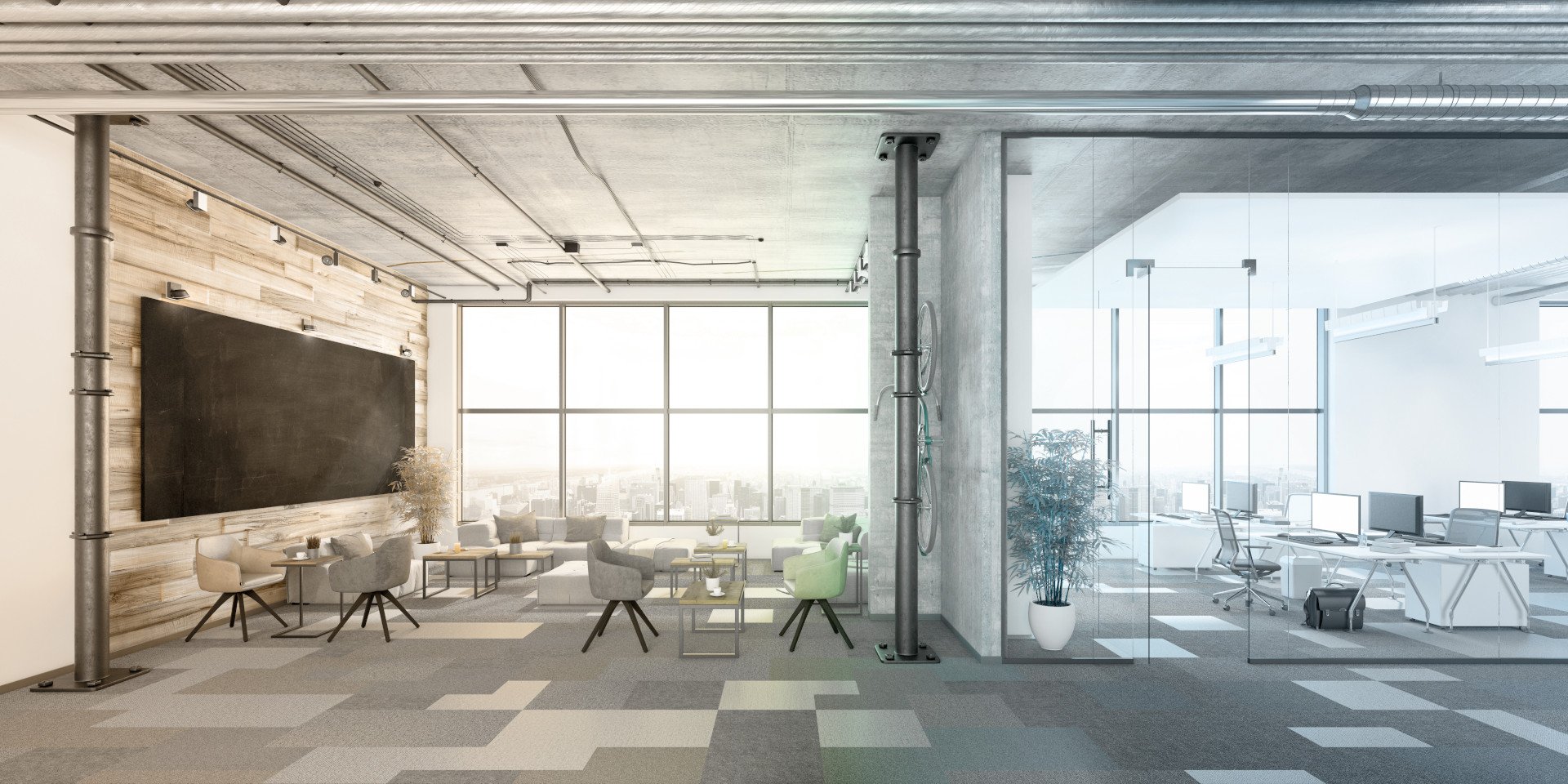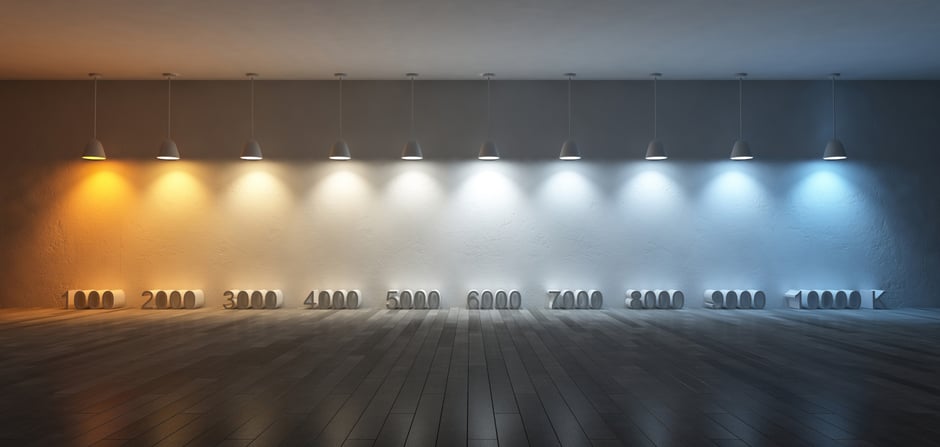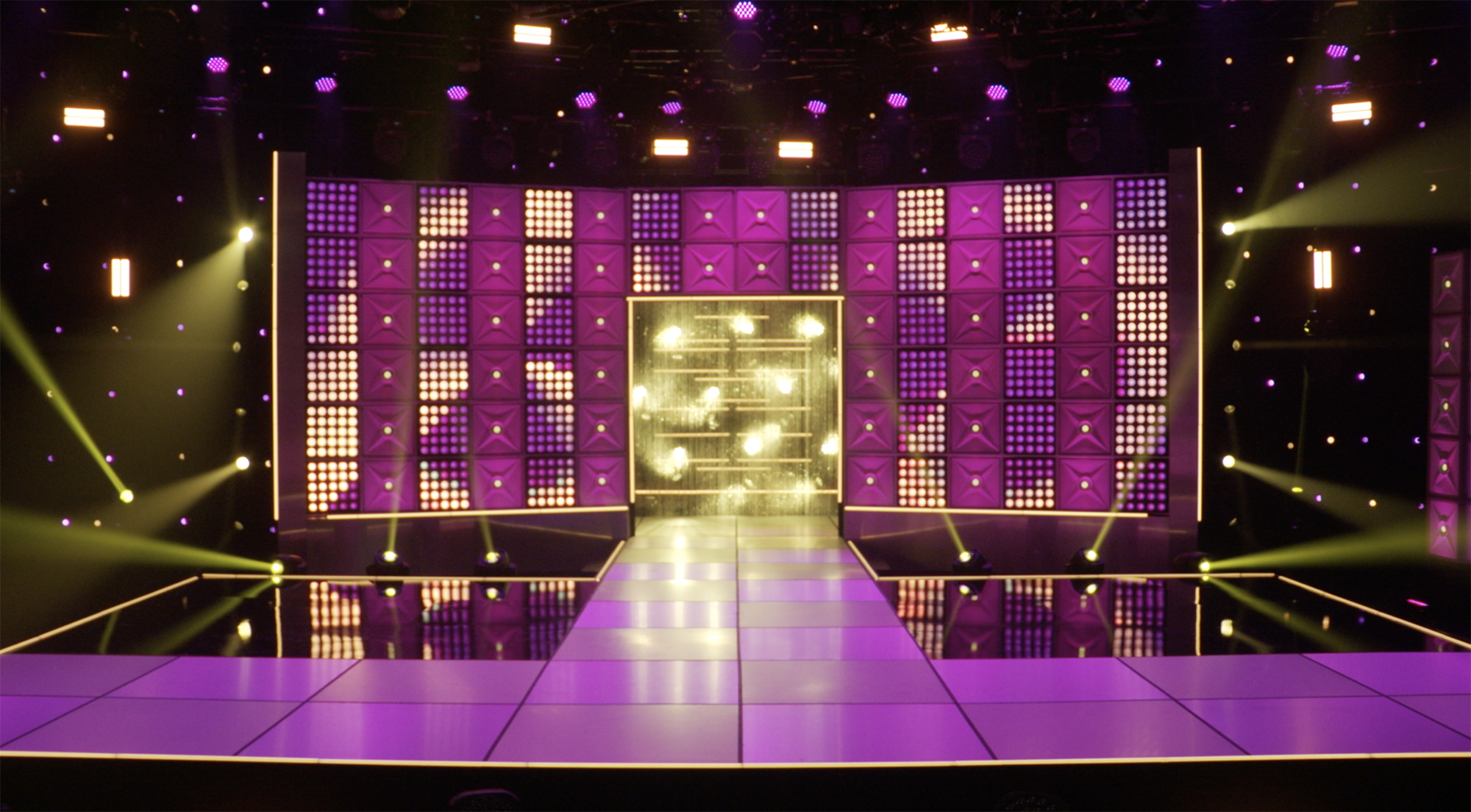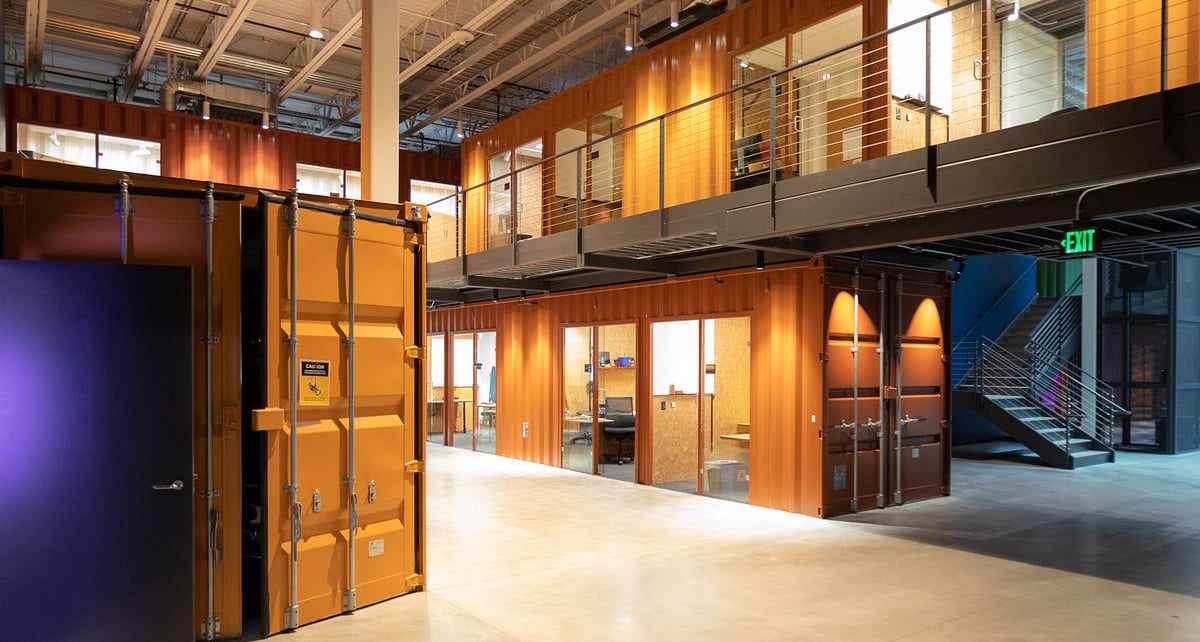Humans move faster than plants, but we still respond to daylight. We also respond to paychecks, which is why many of us find ourselves indoors for large parts of the day, cut off from the cues daylight naturally tells our body about when to be active and when to rest. We find ourselves sluggish in the afternoon with no daylight to make us alert — and wide awake at night after staring at screens all day long.
Architects and designers are waking up to the physiological effects the color of light can have on our bodies and searching for ways to adjust light to better suit an environment. Light sensors, tunable-white LEDs, and digital controls have opened up the possibilities for human-centric lighting (HCL), the practice of creating lighting systems to better suit the needs of people in an environment.
THE PHYSIOLOGY BEHIND HCL
While HCL is relatively new, the physiology behind it has been theorized for decades. In the 1920s, Clyde E. Keeler observed that the pupils in the eyes of blind mice he had accidentally bred still responded to light, pointing to a third type of photoreceptor cell in the eye in addition to cones and rods. In the 1990s and 2000s, research determined that this third photoreceptor was made up of intrinsically photosensitive retinal ganglion cells (ipRGCs). These cells were found to be the primary carrier of information that regulates the SCN neurons, the neurons which are responsible for day/night circadian rhythms in mammals. Moreover, it was determined that ipRGCs are most sensitive to light wavelengths around 480 nm (blue light). Additionally, around the same time this research was happening, different research on Seasonal Affective Disorder showed that light was effective in treating depression. It started to become clear that the color characteristics, intensity, and duration of light could evoke a physical response in people.
For a thorough overview of the science behind this, check out the paper “Melanopsin-expressing, Intrinsically Photosensitive Retinal Ganglion Cells (ipRGCs)”, By Dustin M. Graham, Ph.D., and Kwoon Y. Wong, Ph.D from the U.S. National Library of Medicine.
The logic behind human centric lighting says that if you control the amount of sunlight-mimicking artificial light that people see and absorb, you can control their energy levels and mood. Light with more blue wavelengths is generally thought to make people more energetic, alert, and focused. Lights with less blue is generally thought to help people rest and recover.
HOW ARE PEOPLE IMPLEMENTING HCL
With that basic cause-effect relationship in mind (more blue light=energetic, less blue light=relaxing), it’s a short leap to understand how HCL can be used. For example, a business office might choose to shift their lights to a cooler hue in the afternoon to combat afternoon doldrums and keep people more alert. More subtly, they could employ sensors capable of detecting correlated color temperature (CCT) in their lighting system to help identify and tune lights that are further from windows to create balance with areas receiving natural daylight. (Much like people set up daylighting zones now for intensity.)
Healthcare facilities can also deploy HCL to promote a variety of responses. Staff areas could use brighter and cooler lights keep employees alert during shifts, while patients in recovery rooms can have lighting that is shifted to warmer hues to promote rest and recovery. Even further, the lights in patient rooms could be shifted to be brighter and cooler to promote visual acuity during examinations.
ELEMENTS OF HCL
White-tunable fixtures are a common tool in a human-centric lighting system. For example, an HCL system might use fixtures with tunable CCTs between 2700 K and 5000 K. Because CCT only describes color temperature, not a light source’s chromaticity or spectral power distribution (how much light is emitted at each wavelength), two lamps with the same CCT can deliver very different looks. There are a lot of wavelengths other than blue in a white light, and how those vary between light sources can affect the appearance, or rendering, of objects and people in the environment. It doesn’t matter if a patient is resting comfortably in an HCL environment if the doctor can’t diagnose problems properly because the light is making the patient look odd. A fixture’s color rendition capabilities should be evaluated for any luminaire under consideration for an HCL system. The ANSI/IES TM-30-18 standard offers a wealth of information to help.
To fully implement an HCL system, you’ll need an advanced control system as well, one that can handle the dimming, color changing, scheduling, and, for some applications, color sensing necessary. Dimming is common enough in control systems, but color changing can be handled in a variety of ways, sometimes requiring translation between multiple protocols. ETC’s Architectural and Commercial control solutions offer a complete line of controls to handle tunable-white, color-changing fixtures and all other aspects of an HCL system. Whether you’re looking for a centrally managed system or one that’s distributed, need to include phase-adaptive dimming, or even have directly controlled fixtures, ETC’s controls can make it happen.
To make things even easier, don’t forget about automation. Paradigm and Echo systems feature time clocks with astronomical scheduling functionality. This helps create looks that are more in tune with the rhythms of the day — or even extend them. With sunrise and sunset data in the clock, you can create a daylight look that starts sooner and lasts longer than daylight hours, helpful during the darker winter months.
Echoflex Correlated Color Temperature Photo Sensors (TAP-41) feature CCT-sensing technology and can help create color temperature set points, automatically adjusting dimming and color temperature to create a desired look in certain areas. These sensors will adjust your fixtures to let the sun do the work on bright days but also add more daylight-quality artificial light on cloudy or overcast days.
However your sensors respond to the light, remember that humans will be responding to the light, too. They may have their own ideas about what light levels and color temperature should be — even if they don’t know the technical terms. Override switches, faders, and other controls will help give your users the peace of mind that they’re in control of the light, and not just subject to the whims of a grand experiment. The Echo Inspire Four-Button Station with Fader lets users access presets and gives them a handy dial to shift between hues. And the EchoTouch touchscreen offers a wealth of visual controls for users, allowing them to select color temperature through presets or palettes to dial in just the look they want.
Whether the purpose is to combat afternoon fatigue in a workplace by having lights simulate the brightness and color temperature of mid-day light, or to create an environment that is more conducive to rest and recovery in a hospital, human-centric lighting means big business. BIS Research projects a 35% annual growth rate for HCL products and systems, resulting in a market worth nearly $4 billion by 2024. With those kinds of numbers, it’s worth knowing exactly what HCL is, and how ETC is the perfect solution for managing your HCL system.





